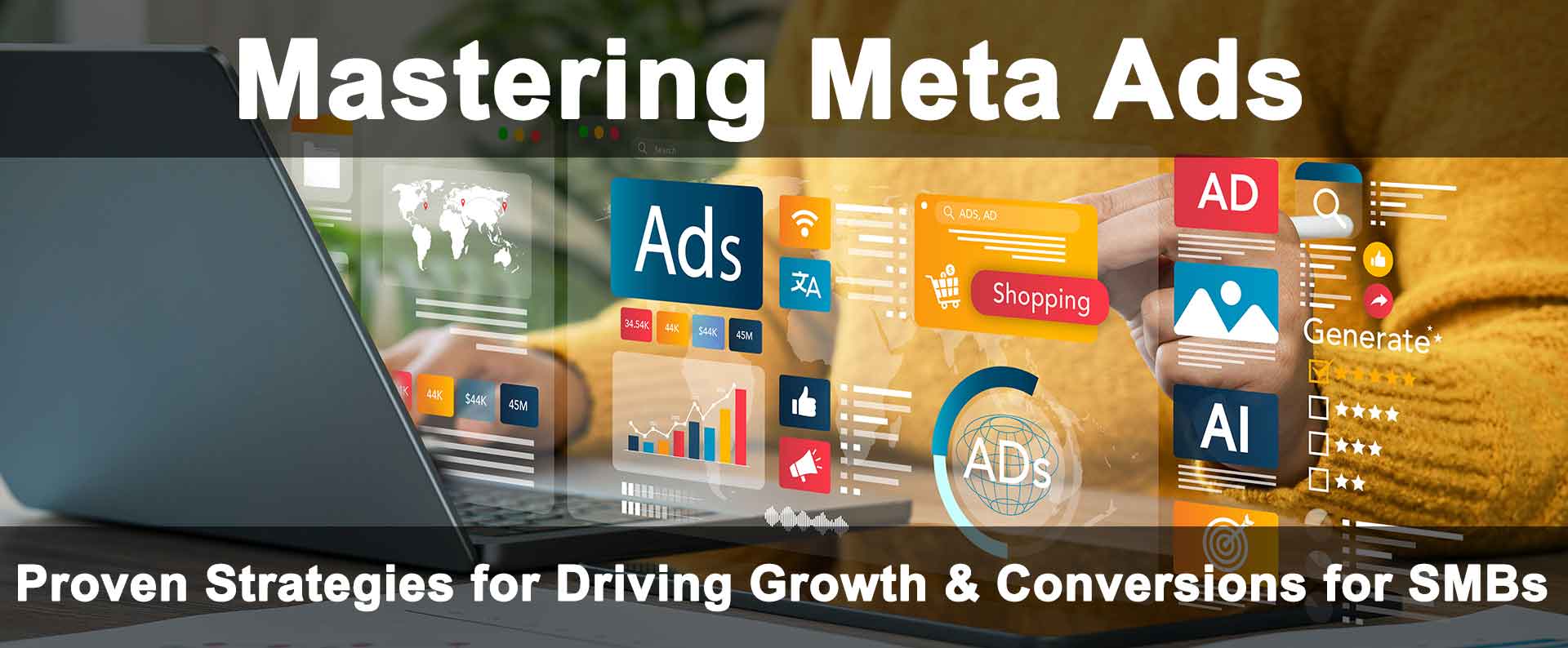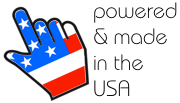Meta ads, which include advertising on platforms like Facebook and Instagram, can be powerful tools for small and medium businesses looking to expand their reach and drive conversions.
To ensure you achieve the best performance from your Meta ads, a strategic approach is essential. Here are some actionable tips, complete with industry-specific examples, to help you maximize your ad performance.
1. Define Clear Objectives
Before launching a Meta ad campaign, it's vital to identify your goals. Are you aiming to boost brand awareness, generate leads, or drive sales? Your objectives will influence the ad format, targeting options, and your call to action (CTA).
Example:
- Restaurant:
Use video ads to showcase your signature dishes and the cozy atmosphere to increase brand awareness.
- Construction:
Create carousel ads that highlight different services, such as home renovations or landscaping, to drive sales.
- Hospitality:
Use video ads to showcase the unique atmosphere and amenities of your hotel or resort to increase brand awareness.
- Retail:
Highlight your latest product offerings with carousel ads to drive sales.
2. Know Your Audience
Understanding your target audience is crucial for creating effective ads. Utilize Meta's audience insights tool to collect data about demographics, interests, and behaviors. Customize your messaging and visuals to resonate with your specific audience segments.
Example:
- Health & Fitness:
For a local gym, target fitness enthusiasts aged 20-35 who live nearby and enjoy outdoor activities. Incorporating local parks in your visuals while promoting specific fitness classes can increase relevance and engagement.
- Retail:
A boutique clothing store might target women aged 25-40 within a 10-mile radius. Customizing ads to feature seasonal options can enhance engagement.
- Restaurant:
Target women aged 20-60 who live within a 3-mile radius, have an interest in organic foods, and frequent local farmer's markets. Customize your ads to feature seasonal menu items.
3. A/B Test Your Ads
A/B testing helps identify which elements of your ads work best by comparing different versions. Experiment with headlines, images, ad copy, and CTAs to discover what resonates most with your audience.
Example:
- Retail:
If you own a clothing store, create two versions of an ad: one showcasing a fashionable outfit on a model and another featuring the same outfit laid out flat. Analyze which version drives more traffic to your online shop.
- Health & Fitness:
Create two versions of an ad: one featuring a high-energy group class and the other showcasing a personal trainer with a client. Analyze which ad gets more sign-ups for a free trial class.
4. Use Eye-Catching Visuals
Visual content is vital on Meta platforms, where users quickly scroll through feeds. High-quality images or videos that capture attention are key to stopping the scroll and increasing engagement.
Example:
- Restaurant:
A boutique coffee shop could utilize vibrant images of their specialty drinks alongside enticing shots of baked goods. Video ads that show the brewing process or customer experiences can also enhance attraction to your brand.
- Retail: A boutique could showcase vibrant images of their summer collection, featuring models in beautiful locations. Video ads that show outfits in motion can help potential customers visualize how the clothing looks in real life.
- Hospitality:
A hotel or resort can use videos and imagery that clearly portrays their unique atmosphere and amenities available to excite potential guests.
5. Optimize for Mobile
Many Meta users access platforms via mobile devices. Ensure your ads are formatted for mobile viewing by using vertical formats, ensuring fast loading times, and crafting concise, impactful messages.
Example:
- App Promotion:
When promoting an app, use mobile-friendly ad formats and ensure that the landing page is responsive. A short, engaging video demonstrating the app’s features can be more effective than text-heavy ads.
6. Leverage Retargeting
Retargeting ads allow you to reach users who have previously interacted with your business, such as visiting your site or engaging with your content. This strategy can significantly boost conversion rates.
Example:
- Retail:
A furniture store can create retargeting ads for users who browsed specific items without purchasing, showcasing those products along with a limited-time discount to encourage them to buy.
- Hospitality:
If someone browsed your site and booking options, but didn't make a reservation, you can create retargeting ads that show the options they looked at, possibly including a limited-time discount to encourage them to come back.
7. Monitor & Adjust
Once your ads are live, continuously monitor their performance using Meta’s Ads Manager. Track metrics like click-through rates (CTR), conversions, and return on ad spend (ROAS). Use this data to refine your strategy.
Example:
- Retail:
If an ad promoting a seasonal sale is underperforming, consider adjusting the visuals, testing new copy, or shifting budget to better-performing ads to maximize overall effectiveness.
- Professional Services:
If an ad promoting a new consulting service is underperforming, consider tweaking the copy or imagery, or reallocating the budget to better-performing ads.
8. Utilize User-Generated Content
User-generated content (UGC) enhances your ad's credibility and relatability. Encourage customers to share their experiences with your offerings and use that content in your ads.
Example:
- Hospitality:
A travel agency could launch a campaign featuring customers sharing their memorable travel stories and photos. This approach builds trust while incentivizing others to share in hopes of being featured, creating a community around your brand.
- Retail:
A skincare company could run an ad campaign showcasing customers using their products, along with their testimonials. This builds trust and encourages more customers to share their experiences, hoping to be featured.
Let's Recap
Maximizing the performance of your Meta ads requires strategic planning, a deep understanding of your audience, and ongoing optimization. By incorporating these tips and continually refining your approach, you can enhance your advertising efforts and achieve your business goals.
Remember, the key to successful advertising is adaptability and responsiveness to your audience's needs. Happy advertising!













